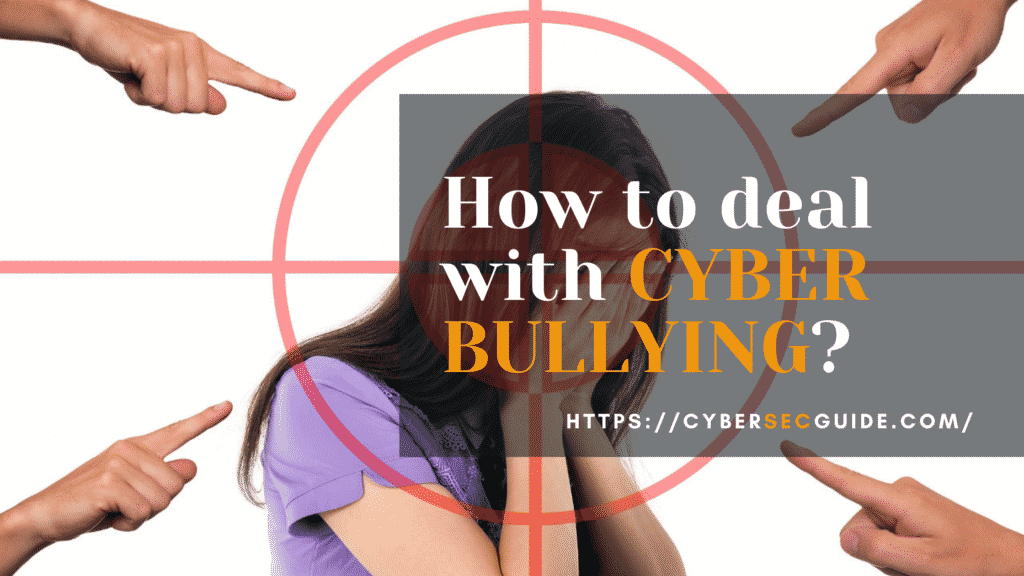One of the questions many parents ask psychologists and therapists today is how to deal with cyberbullying, a problem that affects millions of children and adolescents worldwide.
Cyberbullying is an evolution of bullying, now manifested in the digital realm, that is, through social networks, cell phones, and the internet.
Just like bullies abuse a younger or helpless person at school, in cyberbullying, an individual or group assaults a defenseless boy or adolescent.
However, it is not physical violence, but psychological violence manifested in denigrating messages, gossip, or offenses.
Also frequent is the publication of videos or photos on social networks to humiliate the victim.
Dealing with cyberbullying, how can I identify an attack?
The silence of those affected is a big problem when dealing with cyberbullying, and you must identify the signals of a victims of cyber bullying
Whether out of embarrassment or fear of making things worse, they refrain from telling their parents what is happening.
Often due to a lack of communication between parents and children, also, there are cases where the child fears that their parents will complicate the situation more. In their minds, this could worsen the attacks they receive from their bullies.
In any case, parents need to act as soon as they discover that their children are suffering from cyberbullying.
Cyberbullying situations will only worsen if the problem is not solved over time.
How to deal with cyberbullying?
It is better to be safe than sorry when dealing with cyberbullying.
Being careful in using social networks and electronic media will help avoid being an easy victim of attacks.
And if this happens, it is also necessary to act calmly and reasonably so as not to give elements to the attacker that allow him to increase the level of harassment.
The first thing to do is talk to your children about this issue and make it clear that anyone can be a victim of cyberbullying, and they should not feel guilty or ashamed if it happens to them.
They need to know that they have the support of parents and caretakers at home to protect them from any situation that gets out of control.
A treasured piece of advice is to ignore attacks immediately and block anyone who sends offensive text messages or emails.
Many times ignoring the harasser makes them lose interest in continuing their attack.
If the attacker is someone you know, it is necessary to contact the bully’s parents and ask them to stop the attack.
It is also necessary to talk to teachers and school administrators to deal with cyberbullying, as the attacks may have been repeated or have their source there.
Additional measures against cyberbullying
It has been determined that lonely people are the ideal victims of cyberbullying, as they are considered more vulnerable.
On the contrary, attackers usually desist quickly if the victim has a good group of friends to defend them.
Another step to deal with cyberbullying is to report the attack to the companies that provide telephone, internet, or social network services to your children.
The major social networks have implemented mechanisms to receive reports of cyberbullying and help those affected.
The use of these mechanisms is generally found in the “community standards,” “information for parents,” or “safety center” sections of the portals. They also offer advice on how to protect against future attacks.
Finally, it is essential to report any threats to the life or physical integrity of the child or family members to the police authorities.
What do I do if my child is the one committing cyber bullying?
Many parents are surprised to discover that their children are harassing other classmates.
What shocks them most is their inability to recognize their children’s behavior in time.
Educating minors in a culture of respect and responsibility is the first step to preventing them from developing aggressive behavior against others.
And we also have that it is crucial to define what role your child is playing in the act of cyberbullying.
Often, the bully has the tacit or expressed support of others, who in their role reinforces the bad behavior of the attacker.
It is possible that your child does not bully anyone but is part of the group that supports the bully.
This behavior may be out of fear of rejection or being the attacks’ target.
Finally, we have the children who react to seeing someone committing cyberbullying and report it.
The report is an excellent example of children aware that it is everyone’s responsibility to break the cycle of cyberbullying and act immediately to stop it.
